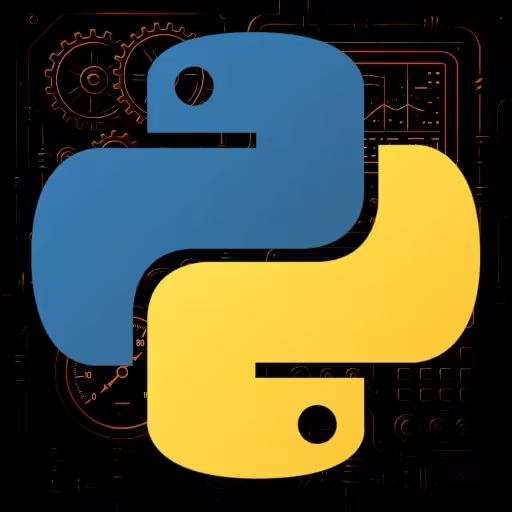Why a Python Virtual Environment Is Essential for Modern Python Development
Problem
- Python projects often require different versions of packages, which can conflict if installed globally.
- Installing or updating Python packages system-wide can break other projects or even the OS Python install.
- Developers need a way to isolate project dependencies and manage them cleanly per-project.
Solutions
Create one virtual environment per project to isolate packages, tools, and interpreter settings. Activate it in your shell, install requirements inside it, and commit only a lock file (e.g., requirements.txt), not the environment itself.
Create Venv Python Linux or macOS
python3 -m venv .venv
source .venv/bin/activateVerify you’re inside the venv:
which python
python -c "import sys; print(sys.executable); print(sys.prefix)"Python Venv Windows (PowerShell)
py -3 -m venv .venv
.venv\Scripts\Activate.ps1Verification:
Get-Command python | Select-Object -ExpandProperty Source
python -c "import sys; print(sys.executable); print(sys.prefix)"Python Venv Windows (CMD)
py -3 -m venv .venv
.venv\Scripts\activate.batInstalling Packages Inside a Venv
Always use the interpreter’s pip so you don’t install to system Python:
python -m pip install -U pip
python -m pip install requests fastapi uvicornUsing requirements.txt
Capture your environment:
python -m pip freeze > requirements.txtRecreate it elsewhere:
python -m venv .venv
source .venv/bin/activate # or Windows activation
python -m pip install -r requirements.txtDeactivating a Venv
Leave the environment at any time:
deactivateWhere Venv Files Live
A .venv/ directory is created inside your project:
.project-root/
.venv/
bin/ # POSIX scripts (python, pip, activate)
Scripts/ # Windows scripts (python.exe, pip.exe)
lib/pythonX.Y/site-packages/ # POSIX installed packages
Lib/site-packages/ # Windows installed packagesSafely Removing a Venv
Delete the folder directly after deactivating:
# POSIX
deactivate || true
rm -rf .venv
# Windows PowerShell
Remove-Item -Recurse -Force .venvThings to Consider
-
Activate the venv in every new shell session before running tools or installs.
-
Do not commit
.venv/to version control; add it to.gitignore. -
Each project should have its own venv; keep them small and disposable.
-
IDEs (VS Code, PyCharm) auto-detect venvs and can select
.venv/bin/python(or.\.venv\Scripts\python.exeon Windows). -
To target a specific Python version:
python3.12 -m venv .venv(POSIX), orpy -3.12 -m venv .venv(Windows).
-
If
Activate.ps1is blocked on Windows, allow scripts for the current user:Set-ExecutionPolicy -Scope CurrentUser RemoteSigned
-
For global CLI tools, consider
pipxinstead of installing into a project venv.
Gotchas
- Forgetting to activate the venv and accidentally installing to system Python.
- Mixing
pipandpython -m pip; usepython -m pipto hit the right interpreter. - Running
sudo pip install ...; this pollutes system Python and can break OS tools. - Deleting the venv while it’s still active in a shell; always
deactivatefirst. - Pinning nothing in
requirements.txt; usepip freezeso teammates can reproduce the environment. - Committing
.venv/to Git; it’s large, machine-specific, and unnecessary.
Sources
- Python Official Documentation: venv
- StackOverflow: Why is virtualenv necessary?
- Reddit: Why do I need a virtual environment?
Further Investigation
- Explore
pip-tools,pipenv,poetry, orcondaif you need lock files, extras, or environments beyondvenv. - Learn how
site-packagesresolution andsys.pathwork inside a venv. - Consider Docker for full system isolation when native dependencies are complex.
TL;DR
- Create a venv per project, activate it, install with
python -m pip, freeze torequirements.txt, and keep.venv/out of Git.
python3 -m venv .venv && \
source .venv/bin/activate && \
python -m pip install -U pip && \
python -m pip install -r requirements.txt
